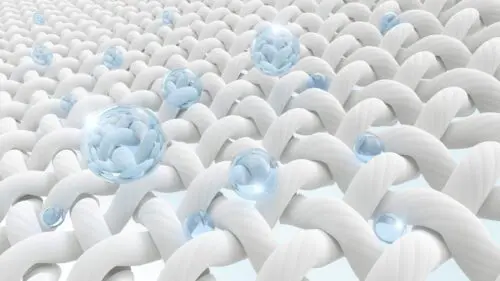The Science of Microfiber: Secrets for Effective Cleaning

Microfiber has revolutionized the cleaning industry, offering unmatched efficiency and effectiveness in capturing dirt and grime. But what makes microfiber so special? In this comprehensive guide, we’ll delve into the science behind microfiber, exploring its composition, structure, and unique properties.
The Composition of Microfiber
Microfiber is composed of synthetic materials, primarily polyester and polyamide (nylon). These fibers are incredibly fine, with diameters much smaller than a human hair. The combination of polyester and polyamide creates a fabric with exceptional durability, strength, and absorbency.
Understanding Microfiber Structure
Unlike traditional cleaning materials, microfiber fibers are shaped like wedge-shaped filaments with small channels along their length. These channels increase the surface area of the fiber, allowing it to trap and hold onto dirt, dust, and liquid more effectively.
The Science of Absorption
Microfiber’s ability to absorb moisture quickly and efficiently is one of its most remarkable properties. The tiny channels in microfiber fibers create capillary action, drawing liquid into the fabric and locking it away. This makes microfiber ideal for cleaning tasks where thorough moisture absorption is essential, such as drying surfaces or mopping up spills.
Mechanical Cleaning Action
In addition to its absorbency, microfiber also provides excellent mechanical cleaning action. The fine fibers act like tiny hooks, grabbing onto dirt, dust, and bacteria and lifting them away from the surface. This makes microfiber an effective tool for removing stubborn stains and grime without the need for harsh chemicals.
Microfiber Antimicrobial Properties
Microfiber’s unique structure not only makes it an efficient cleaning material but also contributes to its antimicrobial properties. The tightly woven fibers create an inhospitable environment for bacteria, inhibiting their growth and reproduction. This makes microfiber an excellent choice for hygienic cleaning in healthcare facilities, kitchens, and other high-traffic areas.
Microfiber’s Environmental Benefits
In addition to its cleaning prowess, microfiber offers environmental benefits compared to traditional cleaning methods. Its reusable nature reduces the need for disposable cleaning products, leading to less waste and a lower environmental impact. Furthermore, microfiber’s effectiveness at capturing and retaining dirt and allergens reduces the need for chemical cleaners, promoting a healthier indoor environment.
Conclusion:
The science behind microfiber lies in its composition, structure, and unique properties. From its exceptional absorbency to its mechanical cleaning action and antimicrobial properties, microfiber offers unparalleled performance in a wide range of cleaning tasks. By understanding the science behind microfiber, we can harness its potential to achieve cleaner, healthier environments while minimizing our environmental footprint.
If you are a automobile detailer, you might like this article: The Art of Washing Microfiber Towels

